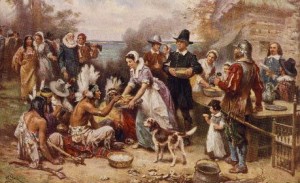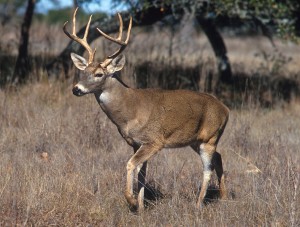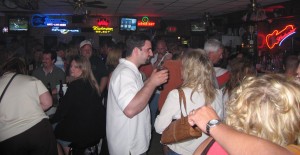According to popular American folklore, the Pilgrims and Indians celebrated the first Thanksgiving in 1621 with a feast of turkey, potatoes, corn, bread, cranberries, pies, and more.
The stories are wrong – or at least, debatable – on many counts.
 The pilgrims celebrated the first Thanksgiving in 1621
The pilgrims celebrated the first Thanksgiving in 1621
Status: Debatable.
First off, the settlers who arrived in Plymouth in 1621 called themselves “saints” or “separatists.” Their goal in coming to the new world was, like the Puritans’, religious freedom. The term “pilgrim” wasn’t applied to these settlers until the American Revolution. Regardless of what they were called, they may not have celebrated the first Thanksgiving, either. Aside from the fact that harvest celebrations have been held by cultures around the world since before recorded history, there are others who claim the distinction of the first feast actually called Thanksgiving. One of these is Berkeley Plantation on the James River in Virginia, where the Margaret brought 38 English settlers in 1619, who then celebrated with a “day of Thanksgiving.”
Another possibility for the first American Thanksgiving is the town of San Elizario, Texas, where Spanish explorer Juan de Onate led hundreds of settlers after a grueling trek across the Mexican desert in 1598. Upon arrival, De Onate hosted a large Thanksgiving celebration. Others go back even further, and credit another Spaniard, Francisco Vásquez de Coronado, as the instigator of the first Thanksgiving in the same region of Texas while searching for gold.

This guy had a lot more to worry about on the first Thanksgiving than the turkeys did
Turkey was the main dish for this early Thanksgiving feast.
Status: false.
Although wild turkey certainly could have been on the menu, it’s never mentioned in any of the accounts from that time. Original sources mention that the Wampanoag Indians brought five deer, and that the colonists shot wild fowl – though what kind of fowl was not specified. Furthermore, in England deer were mostly found on private estates, and hunting them was a pastime of the wealthy; poaching them was a serious crime. Therefore venison on the menu was a novelty, and was likely the centerpiece of the feast.
Other dishes served at the first Thanksgiving included potatoes, corn, bread, cranberries, and pumpkin pie.
Status: false.
While it’s likely that corn, being one of the native peoples’ staple foods, was consumed at this early harvest celebration, it’s probably the only thing on the above list that was. Potatoes weren’t yet a common part of the English diet. Cranberries are bitter without sugar, which was expensive and considered a delicacy at the time – if the settlers had any with them, it likely wasn’t much. They also didn’t have wheat flour, needed for breads and pie crusts. However, they probably did eat pumpkin – boiled, most likely.
Turkey makes us sleepy.
Status: false.
While turkey does indeed contain tryptophan, which in pure form can induce drowsiness, for the stuff to really work one needs an empty stomach. As part of a big Thanksgiving meal, there’s too much else going on in the body for the brain to absorb enough tryptophan to get sleepy. Sure, the food coma definitely happens, but the more likely causes are the fact that we’re finally relaxing after a busy week, drinking alcohol, or the sheer amount of calories in that dinner we’ve just consumed.
Black Friday is the busiest shopping day of the year.
Status: debatable.
Despite the hype and attention given to shopping on the day after Thanksgiving, some sources say that the Saturday before Christmas is actually the busiest. Others point out that while the Saturday before Christmas used to be the busiest, it is now, in fact the day after Thanksgiving. All I know is that I avoid going out on both days (thank you, Amazon!).

A busy night at the bar in 2006
The night before Thanksgiving is the busiest bar night of the year.
Status: true.
Although the evidence is mostly anecdotal, the Wednesday before Thanksgiving is, in fact, the busiest night at many bars. Also called Black Wednesday, it’s a time when college students are home for the holiday, and want to party with friends before being stuck with family for all the following day. For others, it’s an extra day in the middle of the week to go out and get wasted without having to go to work the next day. It’s been theorized that people also go out to bars because they’ve spent the day cleaning and getting prepared to host Thanksgiving the following day – so who wants to have people over and mess everything up? When we owned a bar, my husband always got ready for work that night like he was going into battle. Some years that was a good comparison!
Got any other Thanksgiving myths or fun facts to share? Do you go shopping on the day after Thanksgiving, or to the bar the night before? And regardless of your beliefs, if you’re celebrating Thanksgiving today, here’s hoping it’s a good one!
The first Thanksgiving 1621 by J.L.G. Ferris, via the Library of Congress, public domain.
White-tailed deer photo via Wikipedia, creative commons license.
Bar photo ©2006 by me.


